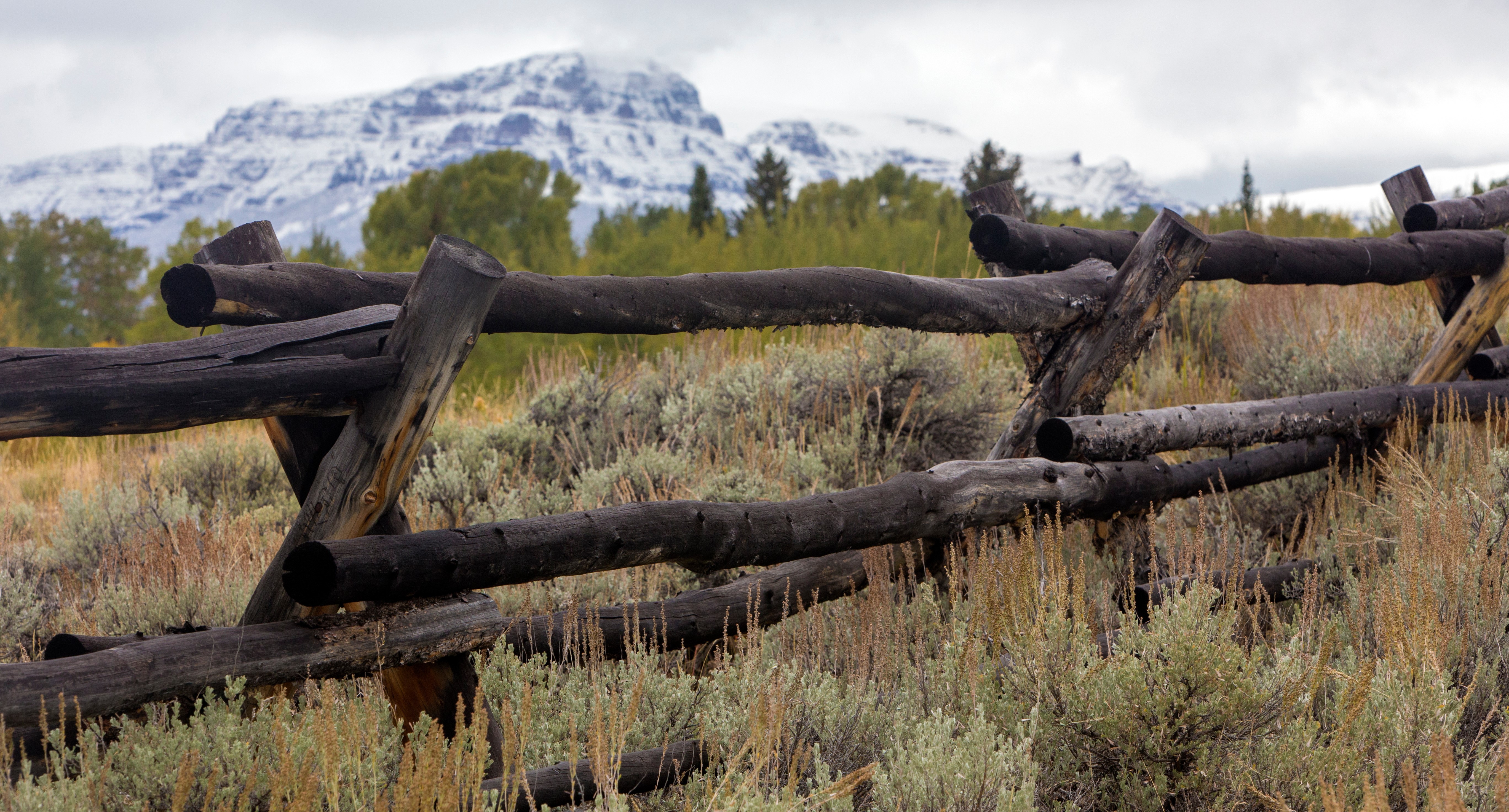Year after year, catastrophic wildfires threaten the lives, livelihoods, and ecosystems of Western states. Both forest and rangeland ecosystems are now at risk from fires that burn too hot and too fast. The resulting damage kills native species, reducing biodiversity and putting wildlife and other uses of the landscape at risk. Grazing is a crucial tool to control the fine fuels that feed these wildfires. Cattle and sheep are able to be used at scale across the West to reduce fire risk, improve post-fire rangeland conditions, and create fuels breaks for a return to a healthier fire matrix. Not all fire is bad, but the current fire regime is destroying important Western ecosystems.
How did we get here?
Regulatory uncertainty and environmental litigation resulted in federal agencies significantly reducing timber harvest in national forests. Where the Forest Service would once have authorized 3 times the volume harvested today, the agency is now constrained by complicated bureaucracy and litigation that prevents even the most basic timber harvest. Because fewer trees are harvested, forests are becoming critically dense, putting them at higher risk of damage from insects and disease and ultimately, wildfire.
Rangelands are also at higher risk of damage from catastrophic wildfire than ever before. Over the last 60 years, there has been a radical reduction in livestock grazing on BLM and Forest Service land. In 1955, there were more than 15 million Animal Unit Months authorized on BLM land; now, that number is usually less than 11 million. The Forest Service saw a similar decline. Less grazing means more grasses stay on the ground to dry out and become fuel for next year’s fire season. The invasion of cheatgrass (from fire, recreation, and other sources) as well as increased public visitation has resulted in a landscape that is more fire-prone with conditions to make those fires hot, fast, and damaging. Additionally, BLM and the Forest Service have hundreds of vacant grazing allotments – areas that have been identified as important to be grazed – that have not been issued to a permittee for many years. These vacant allotments become a risk to the land within their borders as well as to the areas around them.
How does this affect ranching families?
Fire season seems to get longer each year. For grazing permittees who are on federal land in the spring, summer, and fall, the risk of fire is ever-present.
Ranchers lose livestock to the fire or are forced to euthanize injured animals after the fire. They lose forage to feed their cattle and sheep, often forcing their hands to make hard decisions for their families and businesses. They lose money in range improvements like fences and water troughs that they are responsible for maintaining. They face additional stress, as many ranchers are also volunteer fire fighters, county officials, or other emergency responders. They also face significant environmental and health challenges, from wildfire smoke, soot, and contaminated water.
These ranchers are real people with hopes, dreams, history, and emotional ties to the landscape.
Read one rancher’s story here: https://calcattlemen.org/2020/09/23/legacy/.
Grazing allotments are often closed a minimum of 2 years after a fire, meaning grazing permittees are without forage for an extended period of time, and grazing allotments stand vacant without management.
PLC Recommendations
Increase the use of grazing as a hazardous fuels reduction tool to protect lands and firefighters. Grazing can remove billions of pounds of non-woody plant material that’s prime fuel for catastrophic fires. Reduced fuels mean slower flame spread, lower flame height and safer conditions for both lands and firefighters.
Utilize targeted grazing to create fuel breaks to control fire behavior. BLM completed a Targeted Grazing Fuel Breaks Environmental Assessment for the state of Nevada, but the tools have never been implemented.
Reopen vacant allotments to control fuels and provide forage for burned-out ranchers. Grazing allotments in the West were set aside for grazing because it’s the best use of the landscape. When allotments are left vacant, they’re at higher risk for fire and misuse. Many need new NEPA, but all should be reopened.
Incorporate grazing as a first-line tool for fuels treatments, rather than on a pilot-project basis. BLM and Forest Service currently look to all other tools in their toolbox before considering grazing as a fuels treatment. Often, grazing is only incorporated if the range team suggests a pilot program; instead, the hazardous fuels mitigation teams should incorporate grazing as a fully available tool for immediate use.
Create systems to integrate permittees into wildfire response teams. When fires reach a certain size or severity, permittees are often told they cannot access their allotments. State pilot programs have shown tremendous success in integrating ranchers into incident management response teams to improve local knowledge of the landscape, improve safety of firefighters, residents and livestock, and build relationships with local communities.
Use prescribed grazing as the tool of choice when other methods are unavailable. The use of prescribed fire continues to dwindle due to dangerous conditions and long fire seasons. PLC recommends the use of prescribed grazing in cases where prescribed fire is unavailable.
